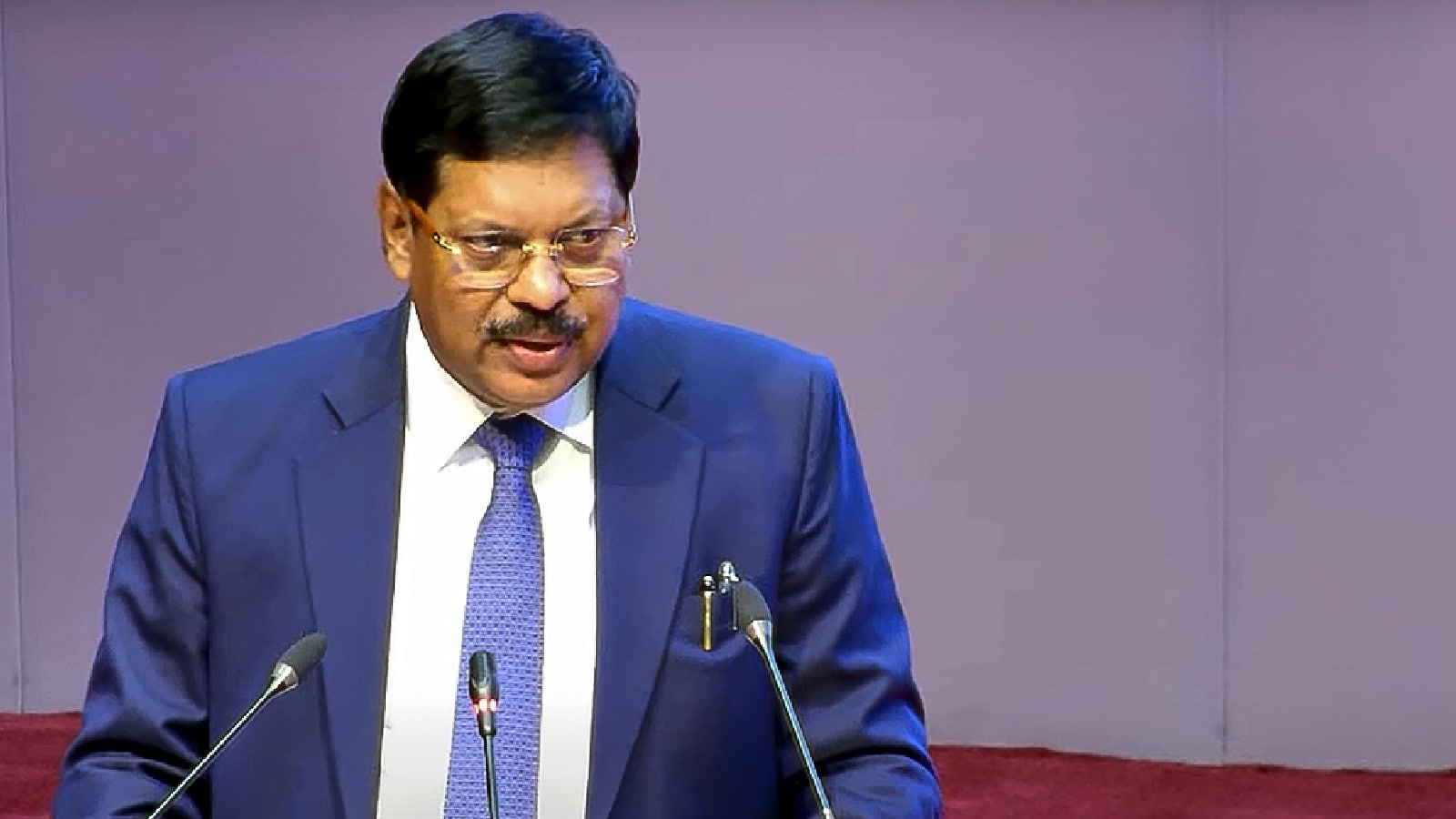From Orbit to Earth: How Space Tech is Revolutionizing Climate Change Efforts in the Philippines

The Philippines, an archipelago nation highly vulnerable to the impacts of climate change, is increasingly looking skyward for solutions. While the challenges of rising sea levels, extreme weather events, and changing agricultural patterns are undeniable, a surprising ally has emerged: space technology. Innovative applications of satellites, drones, and data analytics are offering new perspectives and powerful tools to mitigate climate change and build resilience.
Monitoring & Predicting: The Power of Satellite Data
Traditionally, climate monitoring relied on ground-based stations, which provide valuable data but are limited in scope. Satellites provide a continuous, comprehensive view of the Earth, allowing scientists to track deforestation, monitor sea levels with unprecedented accuracy, and assess the health of coral reefs – critical ecosystems for the Philippines. The Philippine Atmospheric, Geophysical and Astronomical Services Administration (PAGASA) is increasingly leveraging satellite data to improve weather forecasting and early warning systems for typhoons, a recurring threat to the nation. Real-time data on rainfall, wind patterns, and sea surface temperatures enables more accurate predictions, giving communities vital time to prepare and evacuate.
Precision Agriculture: Feeding the Nation Sustainably
Agriculture is a cornerstone of the Philippine economy, but it's also a significant contributor to greenhouse gas emissions. Space-based technologies are enabling precision agriculture techniques that optimize resource use and reduce environmental impact. Drones equipped with multispectral cameras can assess crop health, identify areas needing irrigation or fertilizer, and detect early signs of disease. This targeted approach minimizes waste, increases yields, and reduces the need for harmful pesticides and fertilizers. Furthermore, satellite imagery can monitor land use changes and deforestation patterns, supporting sustainable land management practices.
Renewable Energy Optimization: Harnessing Solar Power Effectively
The Philippines has abundant solar energy potential, but maximizing its use requires accurate data on solar irradiance. Satellites provide this critical information, enabling efficient planning and operation of solar power plants. Data on cloud cover, atmospheric conditions, and solar radiation levels helps optimize energy production and grid management, contributing to a cleaner and more sustainable energy mix. The use of geospatial data also aids in identifying suitable locations for solar farms, minimizing environmental impact and maximizing energy output.
Disaster Response & Recovery: Swift Action from Above
The Philippines is frequently hit by natural disasters. Satellite imagery plays a crucial role in disaster response and recovery efforts. After a typhoon or earthquake, satellites provide rapid assessments of damage, identifying affected areas and helping prioritize relief efforts. Drones can be deployed to conduct detailed damage assessments in remote areas, providing valuable information to aid workers. This rapid response capability can save lives and minimize suffering.
Looking Ahead: A Collaborative Effort
The integration of space technology into climate change mitigation efforts in the Philippines is still in its early stages, but the potential is immense. Collaboration between government agencies, research institutions, and the private sector is key to unlocking this potential. Investing in training and capacity building, developing localized solutions, and fostering public awareness are essential steps towards a more resilient and sustainable future for the Philippines. From monitoring deforestation to optimizing renewable energy, space technology is proving to be an invaluable tool in the fight against climate change, offering a beacon of hope for a brighter future for the nation and the planet.






